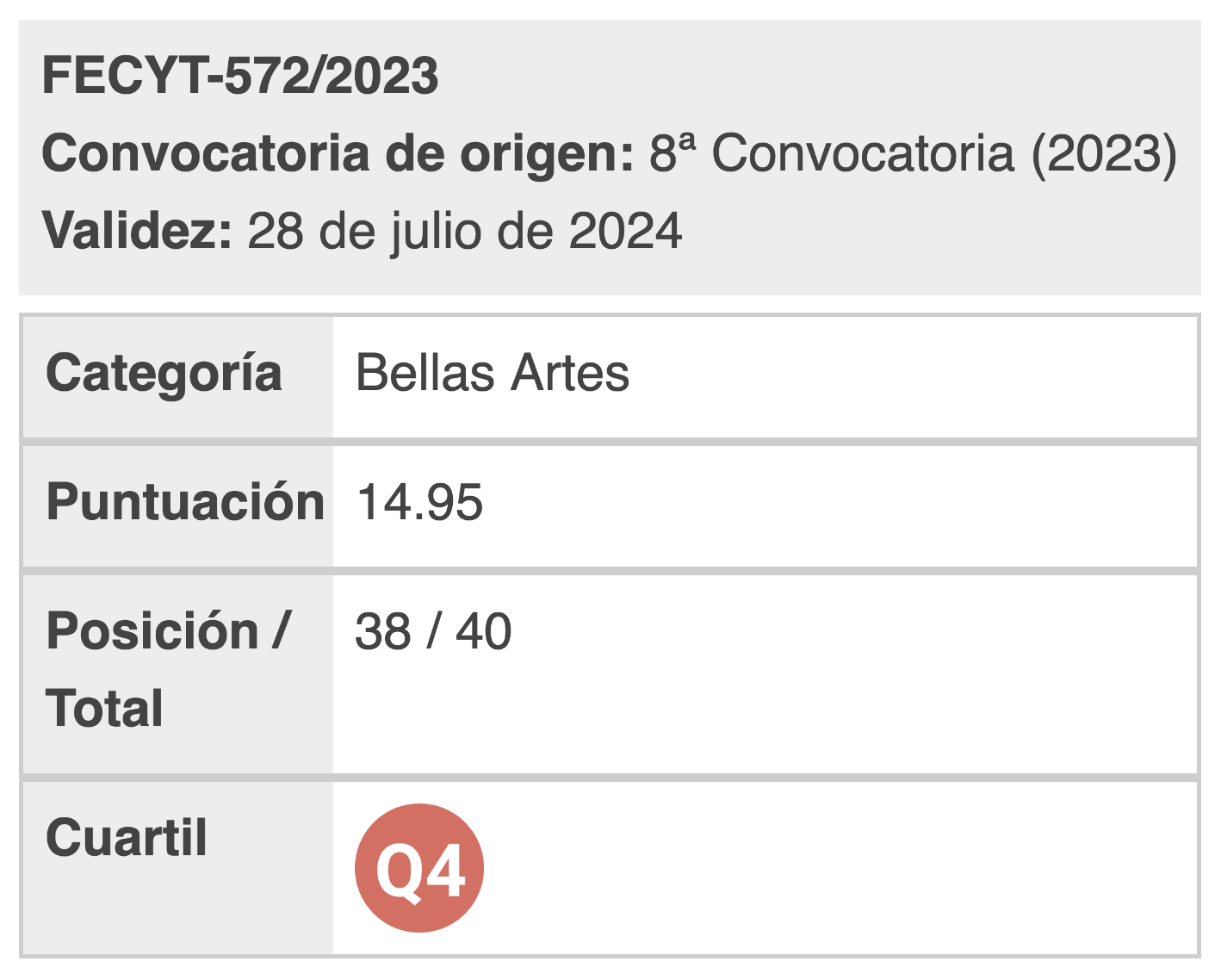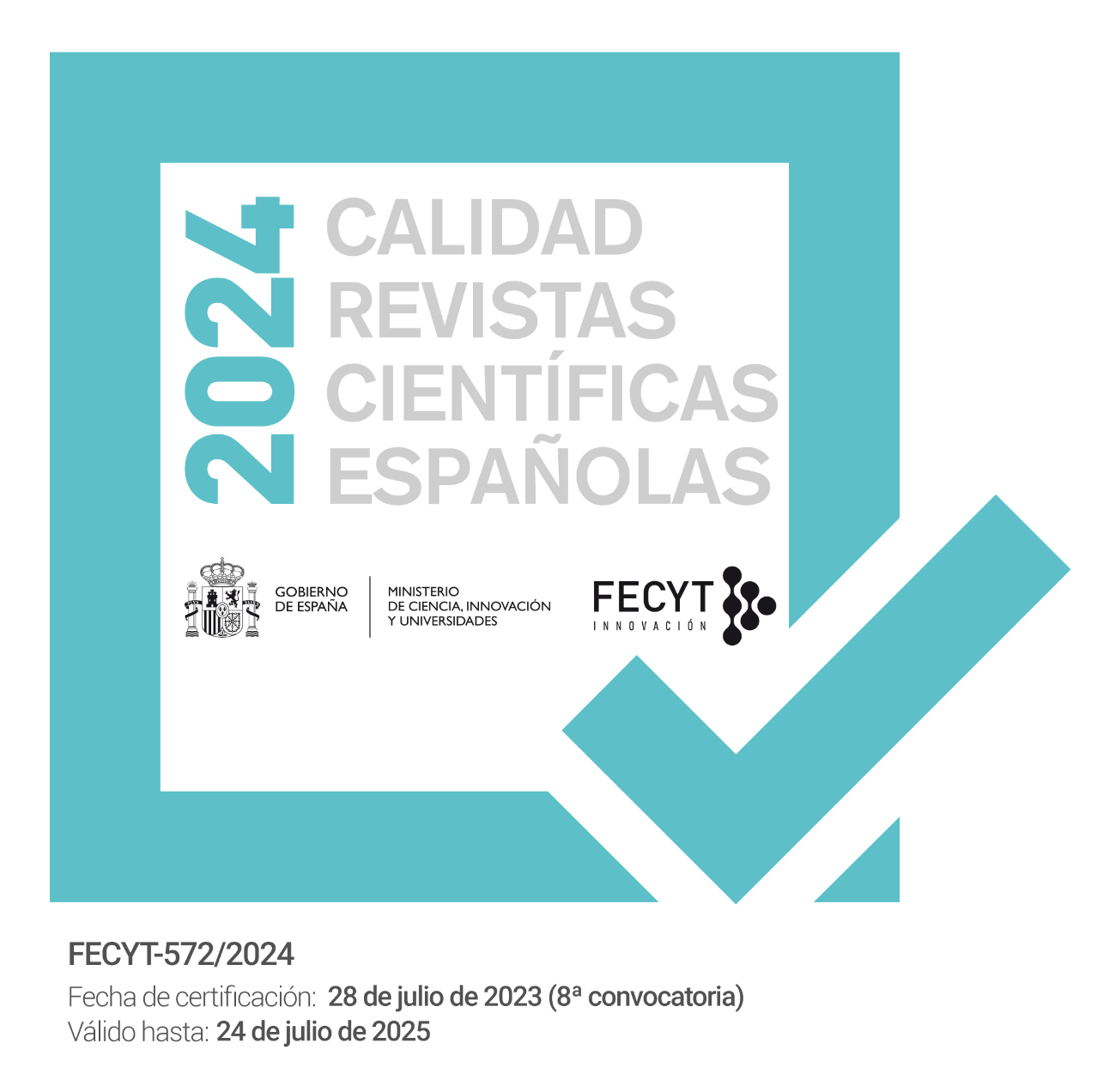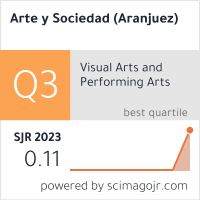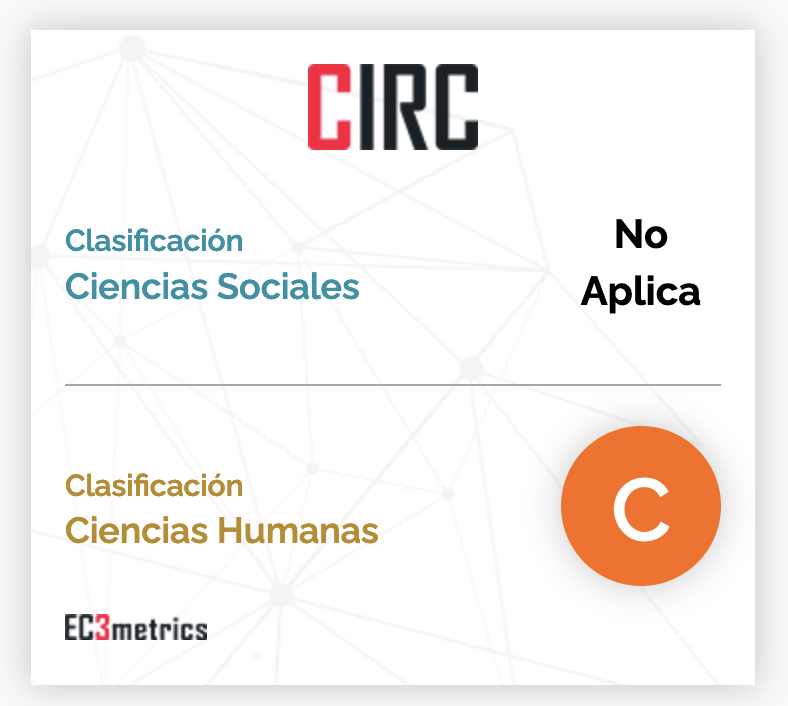Magical Spaces, Hybrid Spiritualities: Religious Implications in Digital Contemporary
DOI:
https://doi.org/10.5281/zenodo.7651450Keywords:
Digital religion, Videogames, Ritual, Avatar, Performance, Sacred SpaceAbstract
This contribution seeks to analyze the existing dialogues between religious practice and the universe of video games in order to explore how contemporary spiritual manifestations are articulated and experienced in the online context, thus producing transformative experiences.
References
Aupers, S. (2009). The Force is great: Enchantment and Magic in Silicon Valley. Masaryk University Journal of Law and Technology. 3(1), 153-173.
Barreneche, S. (2019). La estilización del yo en redes sociales: la proyección on-line de la identidad personal como artificio semiótico. deSignis 30, 77-89.
Barthes, R. (1975). The Pleasure of the Text. Hill and Wang.
Bainbridge, W. (2013). eGods: Faith versus Fantasy in Computer Gaming. Oxford University Press.
Bell, C. (1997). Ritual: Perspectives and dimensions. Oxford University Press.
Brasher, B. (2001). Give Me That Online Religion. Jossey-Bass.
Calleja, G. (2011). In-Game. From Immersion to Incorporation. MIT Press.
Campbell, H. (2004). The Internet as Social-Spiritual Space. En J. Mackay (Ed.), Netting Citizens, (pp. 208-231). St. Andrew’s Press.
__________. (2005). Spiritualizing the Internet: Uncovering discourses and narratives of religious internet usage. Heidelberg Journal of Religion on the Internet, 1(1), 1-26.
__________. (2012). Digital Religion: understanding religious practice in new media worlds. Rowledge.
Campbell, H. et Vitullo, A. (2016). Assessing changes in the study of religious communities in digital religion studies. Church Communication and Culture, 1(1), 73-89.
Cobb, J. (1998). Cybergrace: The Search for God in the Digital World. Crown Publishers.
Coleman, B. (2011). Hello Avatar: The Rise of the Networked Generation. The MIT Press.
Cowan, D. (2005). Cyberhenge: Modern Pagans on the Internet. Routledge.
Deleuze, G. y Guattari, F. (1977). Anti-Oedipus: Capitalism and Schizophrenia. Viking Press.
Dovey, J. et Kennedy, H. (2006). Game Cultures: Computer Games as New Media. Open University Press.
Eco U. (1979). Lector in Fabula: la cooperazione interpretativa nei testi narrativi. Bompiani.
Eliade, M. (1961). The sacred and the prophane: The nature of Religion. Arper and Row.
Finol, D. E. (2009). Rito, Poder y Reproducción Simbólica: Presídium y protocolo en ceremonias universitarias. En J. E. Finol, I. García y A. Mosquera (Ed.), Semiótica del Rito. Colección de Semiótica Latinoamericana, (pp. 256-279). Universidad del Zulia.
Hayles, K. (1999). How We Became Posthuman: Virtual Bodies in Cybernetics, Literature, and Informatics. University of Chicago Press.
Helland, C. (2015). Virtual Religion: A Case Study of Virtual Tibet. Oxford University Press.
Hoover, S. (2012). Religion and the Media in the 21st Century, Trípodos, vol. 29, 27-35.
Hauzinga, J. (1949). Homo Ludens: A study of the Play Element in Culture. Routledge & Kegan Paul.
Kristeva, J. (1978). Semiótica 1. Editorial Fundamentos.
________. (1980). Desire in Language: A Semiotic Approach to Literature and Art. Columbia University Press.
Leone, M. (2014). Spiritualità Digitale: Il senso religioso nell’era della smaterializzazione. Milano, Italy.
________. (2019). Sentidos del intervalo: El giro digital en la semiótica de las culturas. deSignis, vol. 30: 91-103.
Marin, L. (1994). De la Représentation. Éd. du Seuil / Gallimard.
McLuhan, M. (2002). Understanding Media: The Extensions of Man. The MIT Press.
Paz, O. (1956). El Arco y la Lira. Fondo de Cultura Económica.
Pierre. L. (1999) ¿Qué es lo virtual? Paidós.
Pinotti, A. (2020). Procuratori del se’: dall’avatar all’avatarizzazione, Magazine Aninomie, disponible en https://antinomie.it/index.php/2020/01/28/procuratori-del-se-dallavatar-allavatarizzazione/
Rappaport, R. (1999). Ritual and Religion in the making of humanity. Cambridge.
Sánchez, J. (2011). Cibercultura: semiótica del avatar y los mundos virtuales. Veredas, vol. 22, 33-34.
Sibilia, P. (2008). La intimidad como Espectáculo. Fondo de Cultura Económica.
Vecoli, F. (2013). La religione ai tempi del Web. Laterza.
Wagner, R. (2012). Godwired: Religion, ritual and virtual reality, Routledge.
________. (2014). This is not a game: violent games, sacred space and ritual. Iowa Journal of Cultural Studies, 15(1), 12-35.
________. (2015). Video Games and Religion. Oxford Handbooks Online.
DOI: 10.1093/oxfordhb/9780199935420.013.8

Published
How to Cite
Issue
Section
License

This work is licensed under a Creative Commons Attribution 4.0 International License.
You are free to:
Share — copy and redistribute the material in any medium or format.
Adapt — remix, transform, and build on the material for any purpose, including commercial.
Attribution — You must properly acknowledge the authorship, provide a link to the license, and indicate if any changes have been made.
You may do so in any reasonable manner, but not in any way that suggests that you endorse or receive any endorsement by the licensor for your use.
No additional restrictions — You may not apply legal terms or technological measures that legally restrict you from doing what the license allows.



























